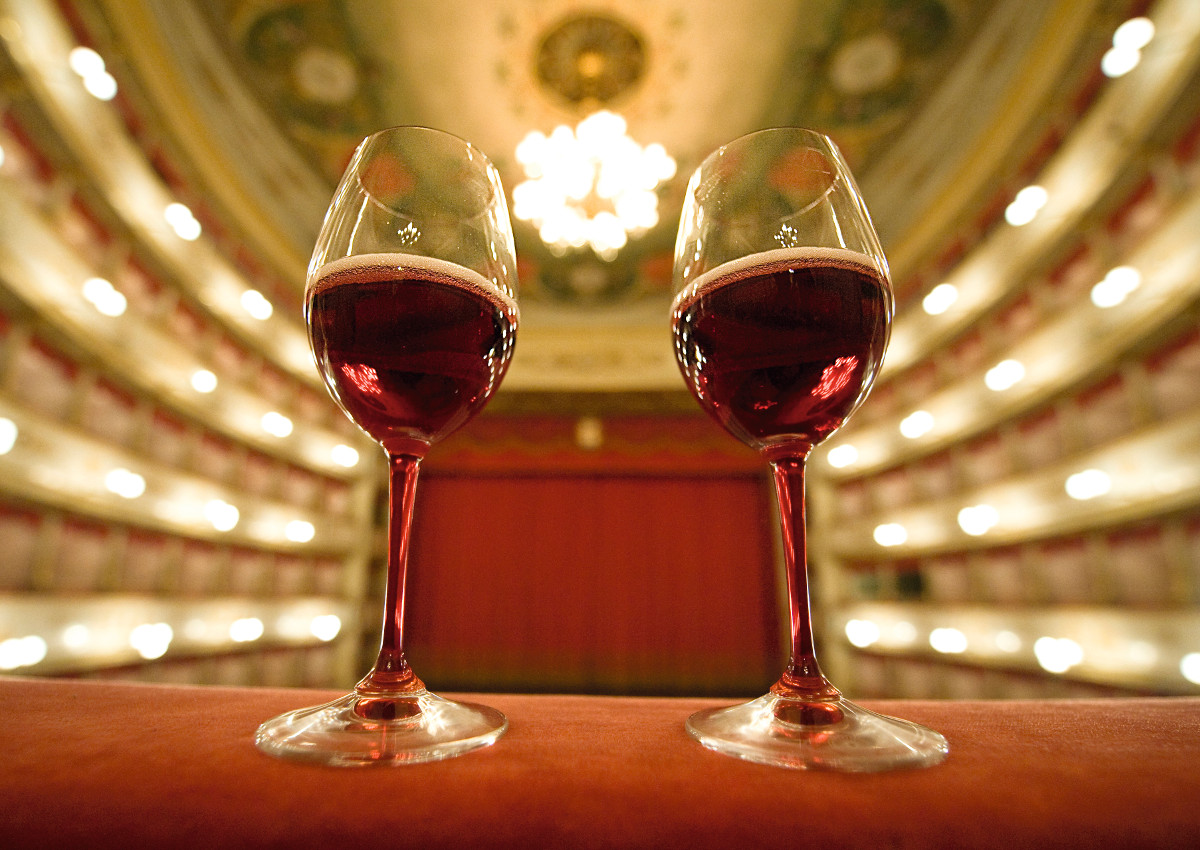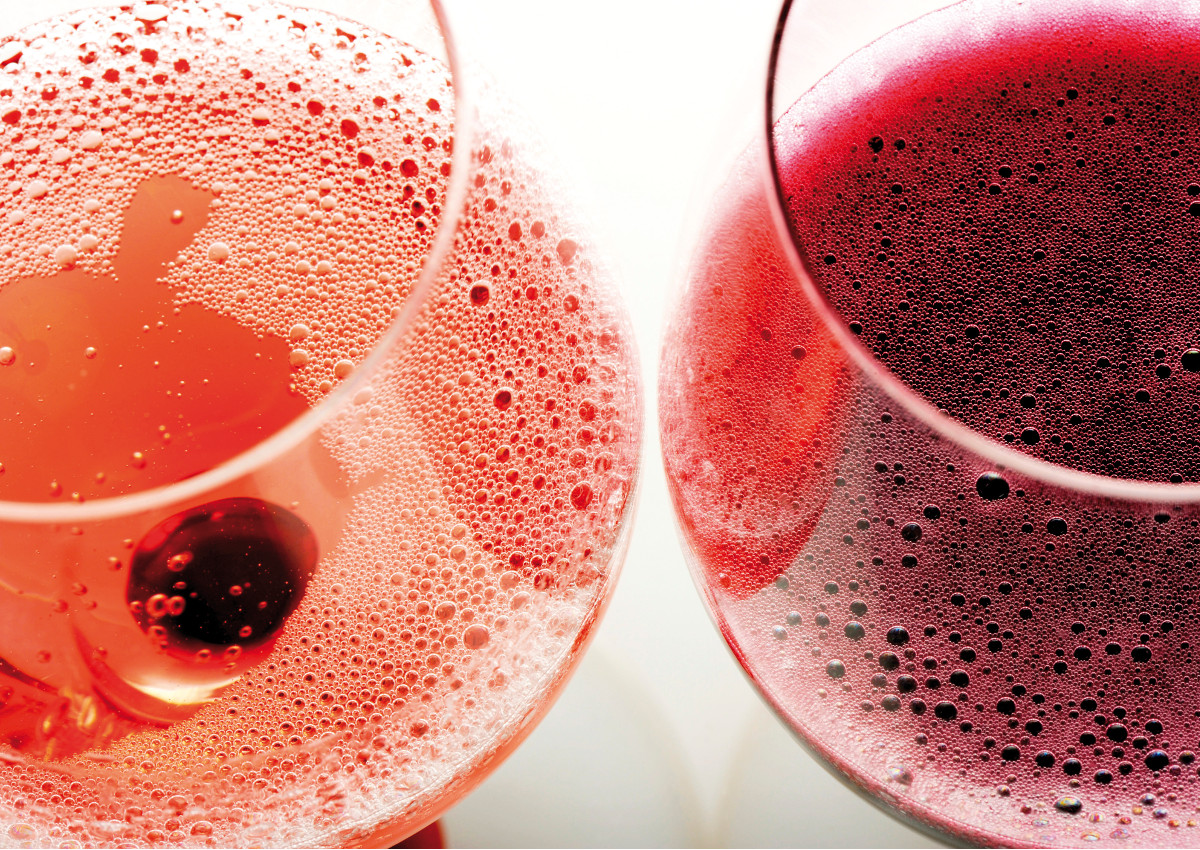
Lambrusco’s second life. After opening the world markets to Italian wines and years of struggles at bay, we have now been witnessing the rebirth of Lambrusco for some seasons, which has become synonymous with fizzy red wine – or rosé, everywhere. It cannot go unnoticed, however, that Lambrusco has many different identities. The homelands of Lambrusco, including the provinces of Parma, Reggio Emilia, Modena, and Mantua (in Emilia-Romagna and Lombardy), offer a rich variety in terms of territories and vines.
Territories and denominations
Let’s start with the denomination, Lambrusco di Modena, which provides a blend of different varieties that can guarantee a wide spectrum of nuances. Its viticulture extends as far as the hills and foothills, also known as the realm of the ‘Grasparossa’ variety. It is called this due to the particular coloration the stalk and leaves assume during the autumn period. It is the basis of the denomination, Lambrusco Grasparossa di Castelvetro. These wines are very colourful and rich in tannins, and sometimes softened by light sugar residues. Instead, the northern plain of Modena is the realm of the ‘Sorbara’ variety, which spawns the denomination, Lambrusco di Sorbara, that is known for its pale colours (rosé, rather than red) and thin structures. The ‘Salamino’ variety (called this as the bunches are reminiscent of small salami), the most widely cultivated one, unites some characteristics of the two previous ones and has been particularly spread under the denomination, Lambrusco Salamino di Santa Croce, but also in the hills and foothills in the province of Reggio Emilia where the dark and pulpy Reggiano Lambrusco enters the stage.

Lambrusco goes with anything
The different varieties of Lambrusco wine are particularly suitable for rich and tasty local dishes of the traditional cuisine. This acidly fresh wine, that is also dry and rich in bubbles, is an excellent commensal helping to cleanse the palate. It can accompany anything from Prosciutto di Parma to Mortadella, tortellini in broth, tagliatelle with meat sauce, and zampone and cotechino. However, you can also let yourself be carried away by the more original and mouth-watering combinations of oysters and Lambrusco (better still if it is Sorbara). It is better not to use too tall a glass when serving it, so you can witness the inviting fizz as it builds. Being low in alcohol and generally not too tannic, it can be served fresh, at 12-14°C.
Lambrusco in figures
Over 15,293 hectares are cultivated with Lambrusco vineyards and other minor vines admitted to carrying the DOC label, throughout the provinces of Modena and Reggio Emilia (Source: Region of Emilia-Romagna, March 2016). Of the 1,200,000 hectolitres of Lambrusco (26% of which are DOC certified) produced in the provinces of Modena and Reggio Emilia, 41 million bottles are obtained with a designation of origin and 115 million with geographical indication, for a total of about 155 million bottles (+60% from 2012 to 2016), (Source: Consorzio Tutela Lambrusco Marchio Storico – the Consortium for the protection of the historical Lambrusco brand).
